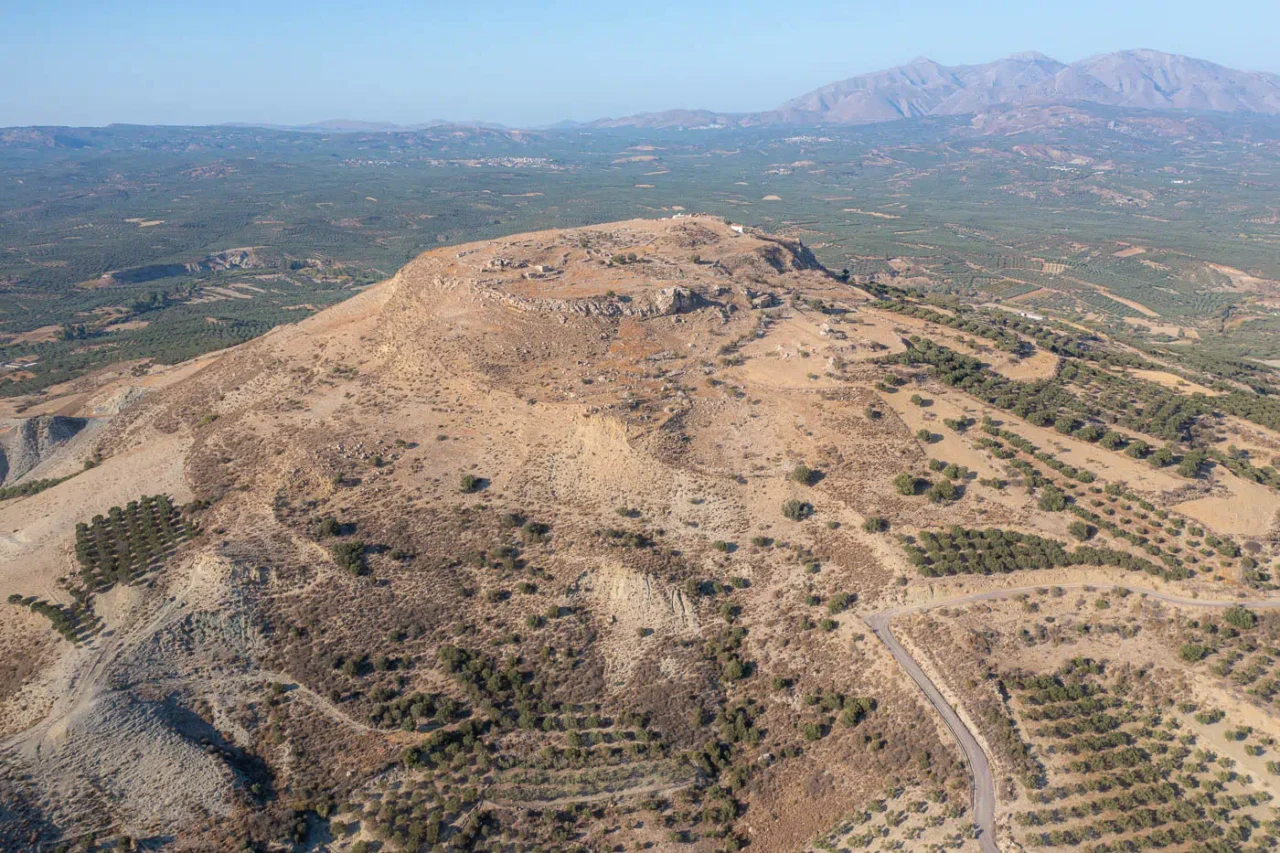
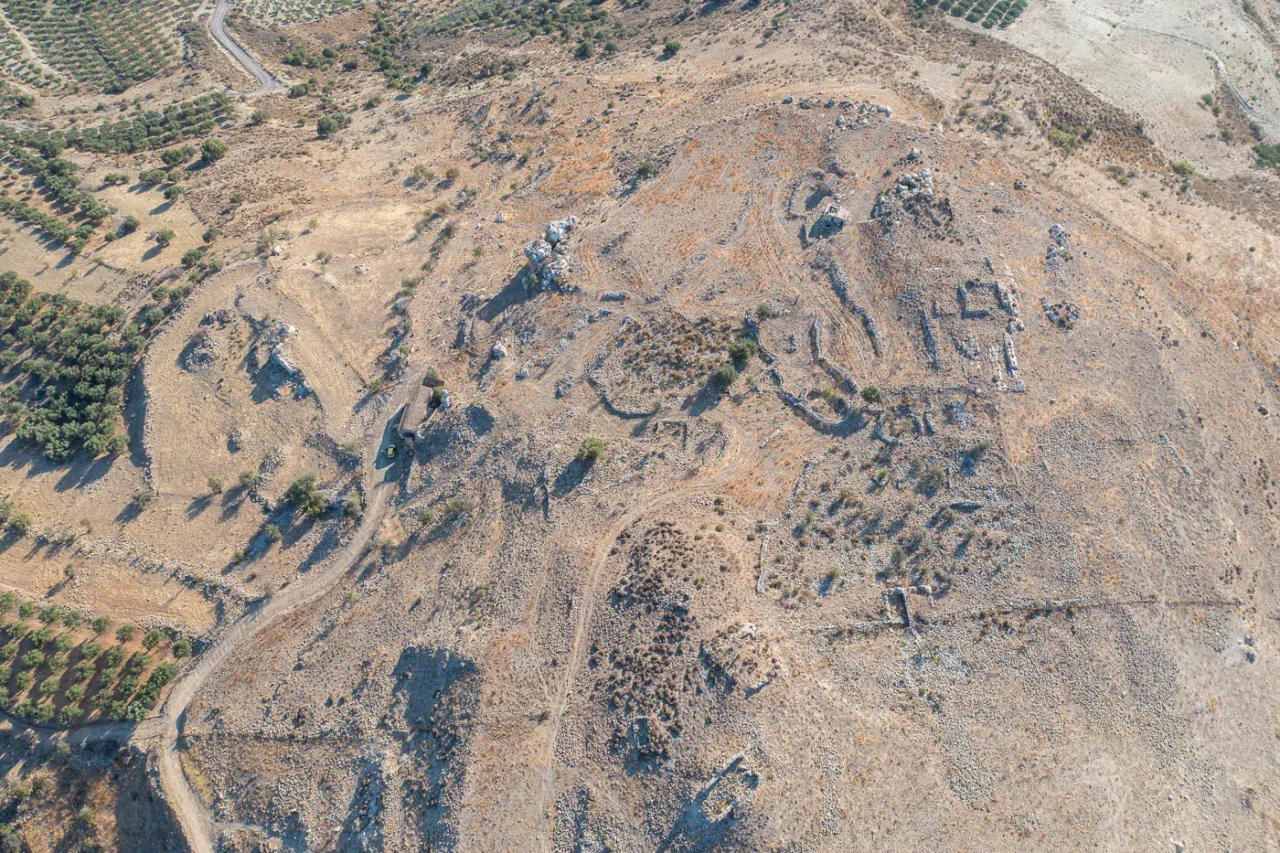
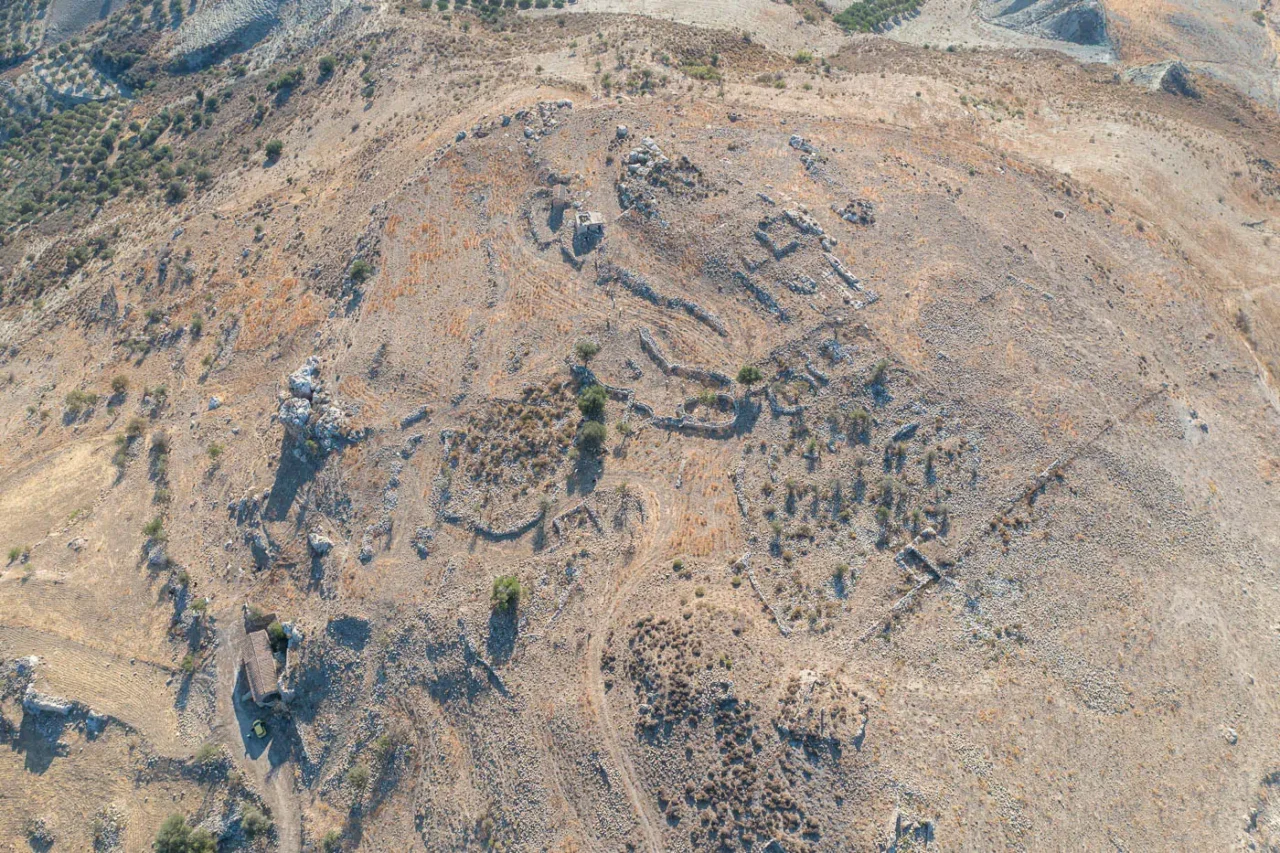
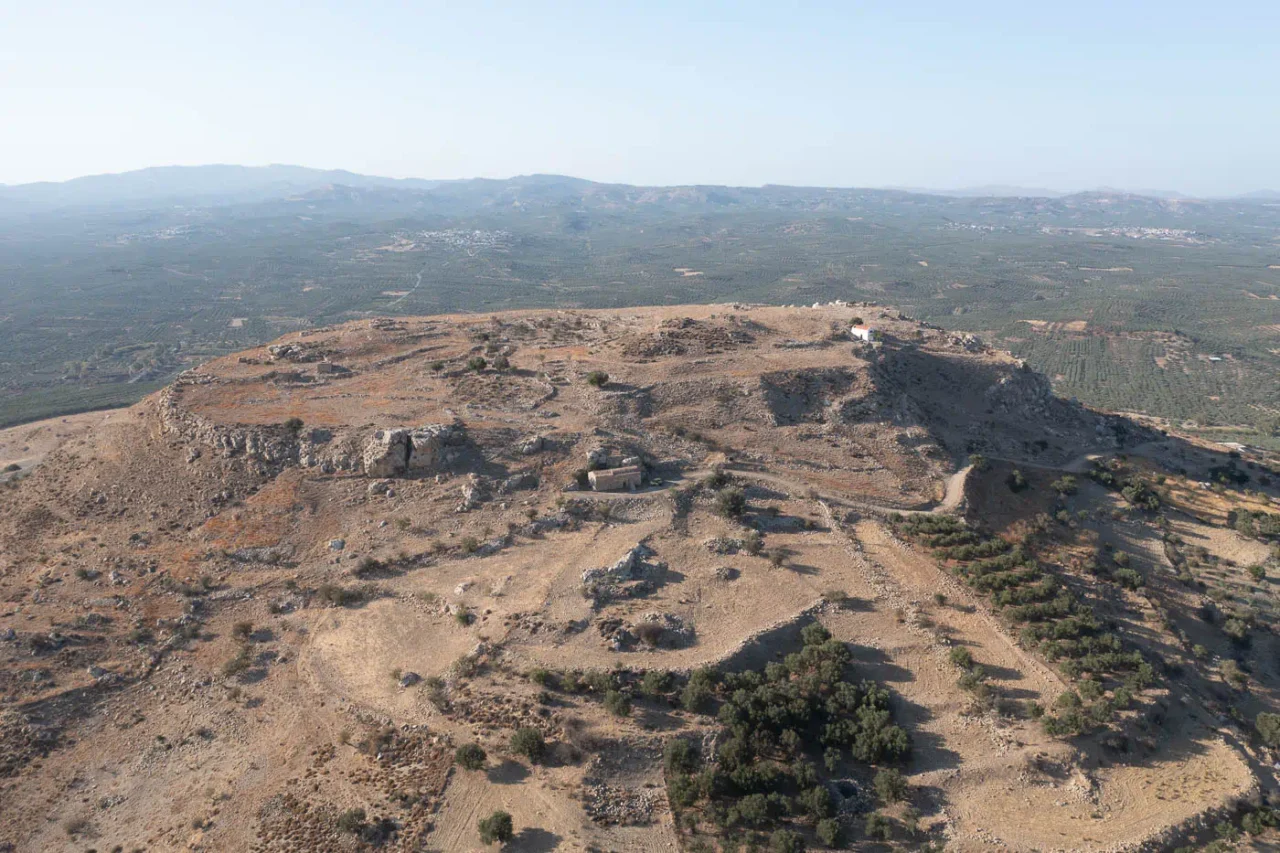
Priansos: An Ancient Cretan City
Priansos was a significant city in ancient Crete, known for its autonomy and flourishing trade activities. It was situated on a flat mountaintop near the modern-day village of Kasteliana in the Monofatsi province. The city’s strategic location offered a commanding view of the surrounding area, including the Messara Plain and the coastal region.
Historical Context
Priansos likely existed from the Archaic period, but its prominence peaked during the Hellenistic era. The city was an independent entity, evidenced by the numerous coins discovered in the region. These coins often depicted Hygeia, the goddess of health, and Poseidon, the god of the sea, reflecting the city’s focus on well-being and maritime activities.
Priansos also maintained strong ties with other powerful Cretan cities. Inscriptions reveal a decree between Priansos, Gortyn, and Ierapytna, highlighting their political and economic connections. The city’s oath, which invokes Hestia, Apollo, and other deities, underscores its religious and cultural affiliations.
The city’s strategic importance is further evidenced by its alliance with Eumenes II of Pergamon in 170 BC. This alliance, part of a broader Cretan league, aimed to counterbalance the growing influence of Rome in the region.
The Venetian Era and Belvedere
In the early 13th century AD, during the Venetian occupation of Crete, a castle was built on the same site where Priansos once stood. This castle, named Belvedere (meaning “beautiful view”), likely reused materials from the ancient city’s ruins. The construction of Belvedere exemplifies the Venetians’ strategic approach to fortifying key locations across Crete, often repurposing existing structures for their defensive needs.
Archaeological Site: Key Points
- Construction Period: Archaic to Hellenistic periods
- Location: Kasteliana, Monofatsi province, on the same site as the later Belvedere fortress
- Historical Significance: An autonomous city with a thriving trade network, evidenced by numerous coins and inscriptions. It also played a role in the complex political landscape of Hellenistic Crete, forming alliances and participating in regional conflicts.
- Current Status: The ancient city is in ruins, with some archaeological remains visible. The site was partially excavated, revealing structures, tombs, and artifacts that shed light on the city’s past.













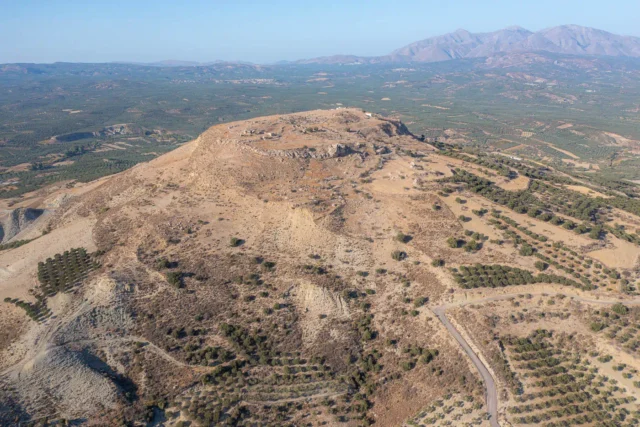






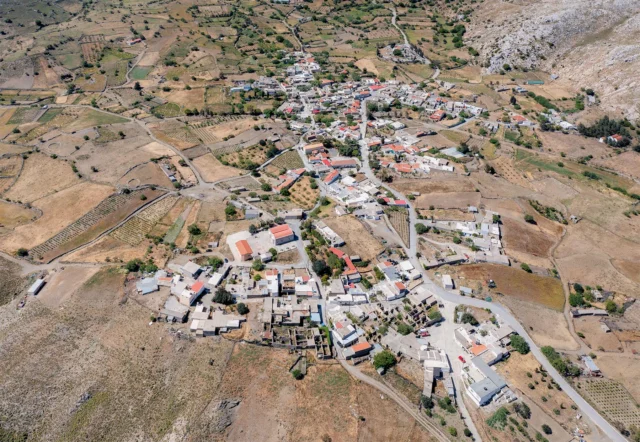
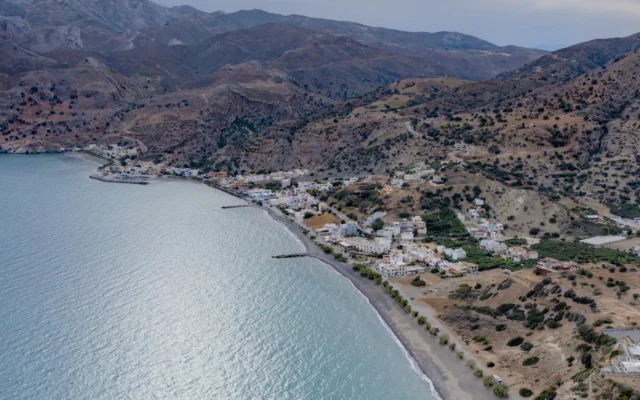
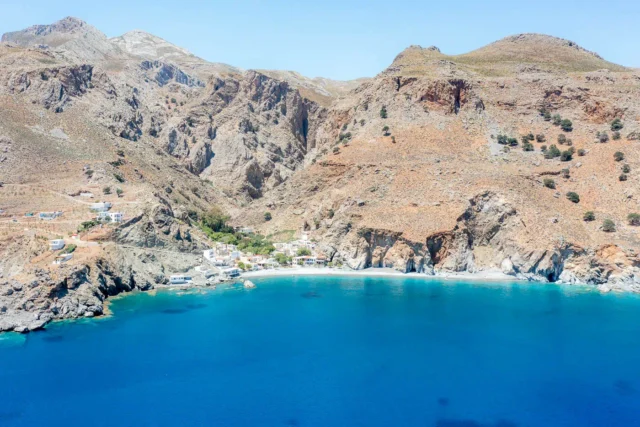

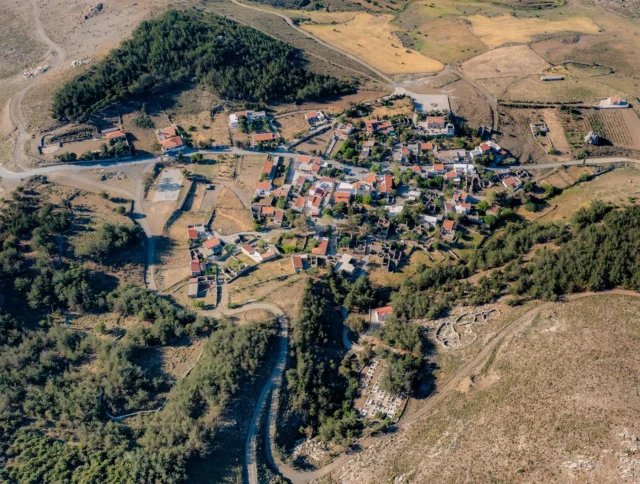

There are no comments yet.